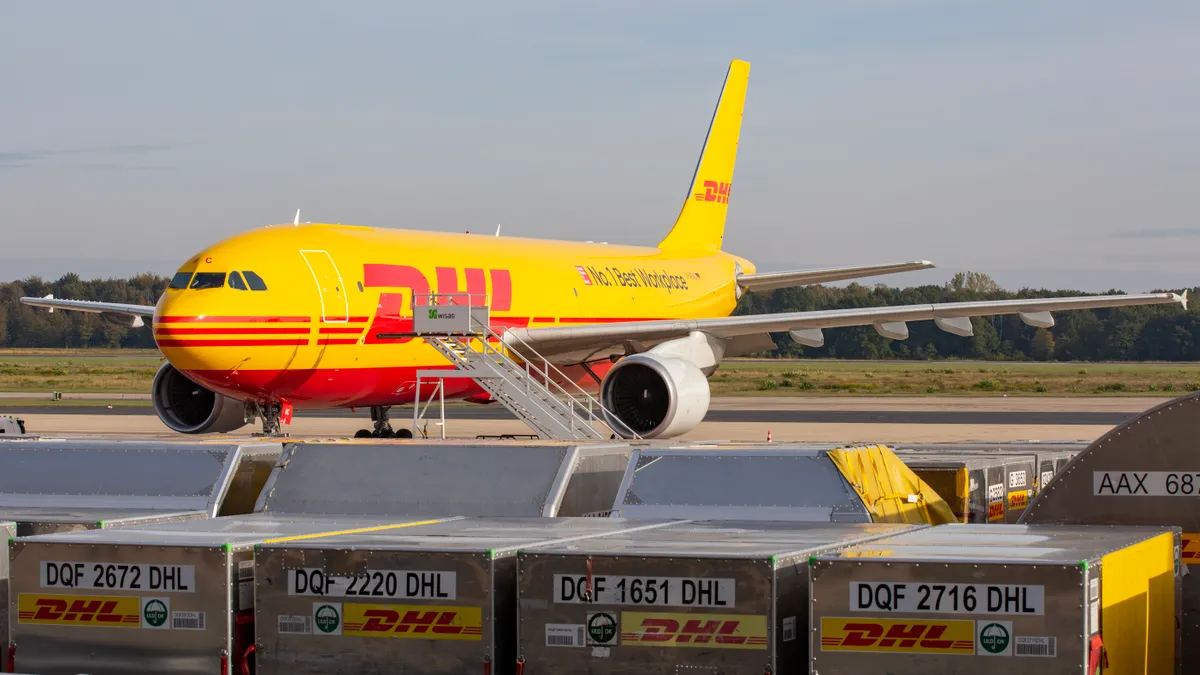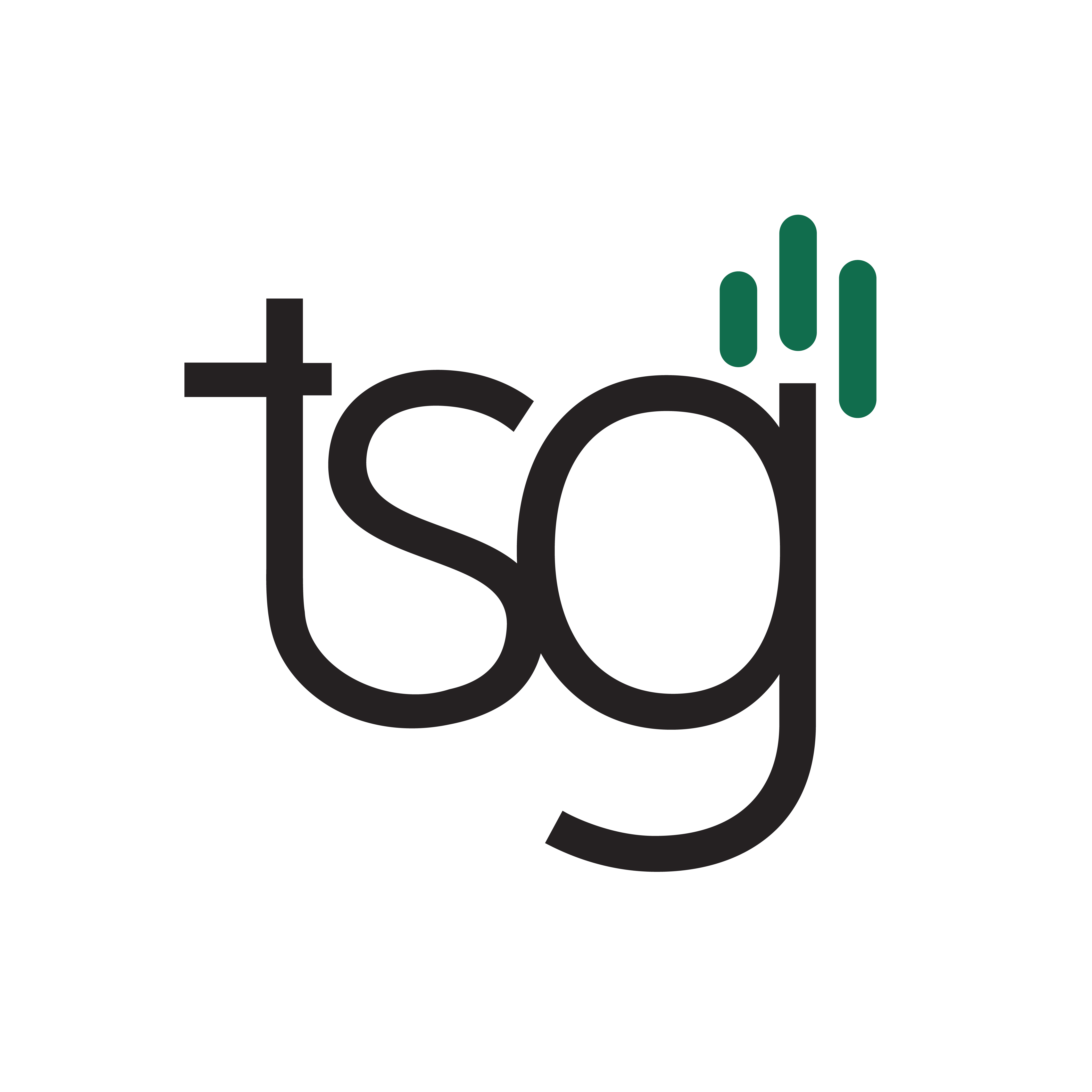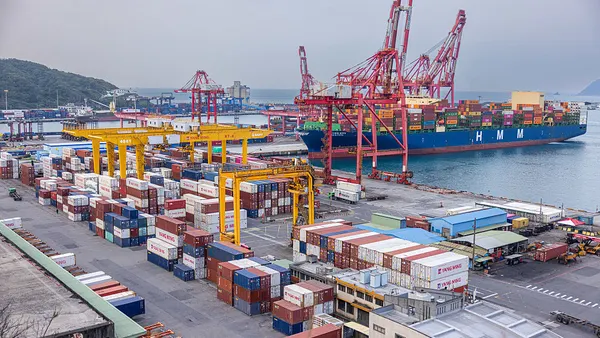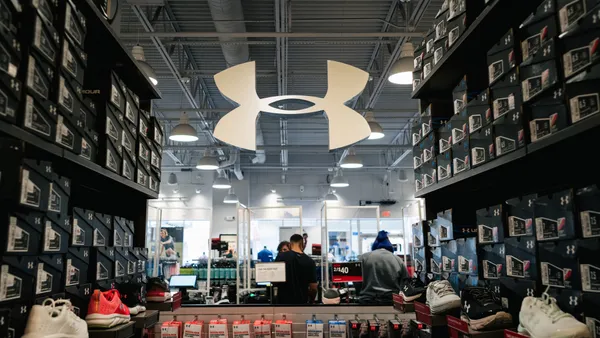In the face of waves of tariffs from the Trump administration, Etsy has some advice for customers and sellers alike, though it warned that the situation remains in flux.
The global marketplace’s tariff exposure is mitigated somewhat by its resale sites, U.K. secondhand apparel site Depop and secondhand musical instrument site Reverb, according to Bank of America analysts. Otherwise, about 25% of Etsy merchandise is sourced abroad, they said.
Tariffs’ hit to the economy is likely to hurt the most, with Bank of America calling “a pullback in overall consumer discretionary spend” the “biggest risk” to Etsy.
UBS analysts led by Chris Kuntarich estimate that Etsy’s gross merchandise sales could fall 5.5% to 11% in fiscal year 2025 and doubt sales would accelerate as much as previously thought, according to a research note last week.
In a blog post Thursday, Etsy CEO Josh Silverman acknowledged that “recent shifts in trade policies and tariffs between the US and many countries around the world have raised questions about global supply chains, pricing, and the general availability of goods.”
Silverman suggested that, at least for now, shoppers consider sticking with sellers from their own countries. U.S. customers can choose “more than 60 million items that ship domestically and we have thousands of sellers in every state,” he said. In the U.K. there are more than 800,000 sellers, in Germany 300,000 and in France 100,000.
In another post earlier in the week, the global marketplace had more concrete information for sellers, including an update on tariffs and how they could approach pricing and shipping. The levies are poised to hurt small U.S. businesses, even when their goods are made in America.
De minimis exemptions — on items valued at or under $800 imported to the U.S. — remain in place until May 2, when goods originating from China and Hong Kong will be subject to tariffs no matter their value. "Generally speaking, the overwhelming majority of orders on Etsy fall below this threshold,” the company said.
UBS analysts said they’re looking for a more precise estimate of the percentage of gross merchandise sales that will no longer fall under the de minimis threshold when the company speaks to analysts about its Q1 report later this month.
“Given that the vast majority of Etsy’s [gross merchandise sales] is derived from items priced below $800, coupled with the fact that ~75% of GMS activity consists of U.S. buyers, with 25% of U.S. buyers importing from abroad (primarily European markets), we believe this regulatory shift presents a material risk to ... growth in FY25,” UBS said.
Etsy instituted some changes to ease trade as some customers balk at paying extra duties or become impatient with tariff-related delays. The company is relieving qualified sellers of the responsibility of providing refunds when orders are held up because a customer is unwilling to pay a tariff, for example, and is working on ways to provide customers with more transparency so there are fewer surprises.
Sellers are advised to pay the tariffs themselves ahead of time, though, which is an option through carriers including DHL Express, FedEx and UPS, and factor these extra costs into pricing.
Etsy can only do some much, given the ever-changing nature of President Trump’s trade policy, and recommended that sellers consult an attorney familiar with the rules affecting each market and circumstance.
“There are likely to be changes in the coming days and weeks, and we’ll continue to provide updates as they are available,” the company said. “Because of this, it’s become difficult to provide up-to-date insight and guidance that considers both the needs of Etsy sellers and the nuances of each individual regulation.”














